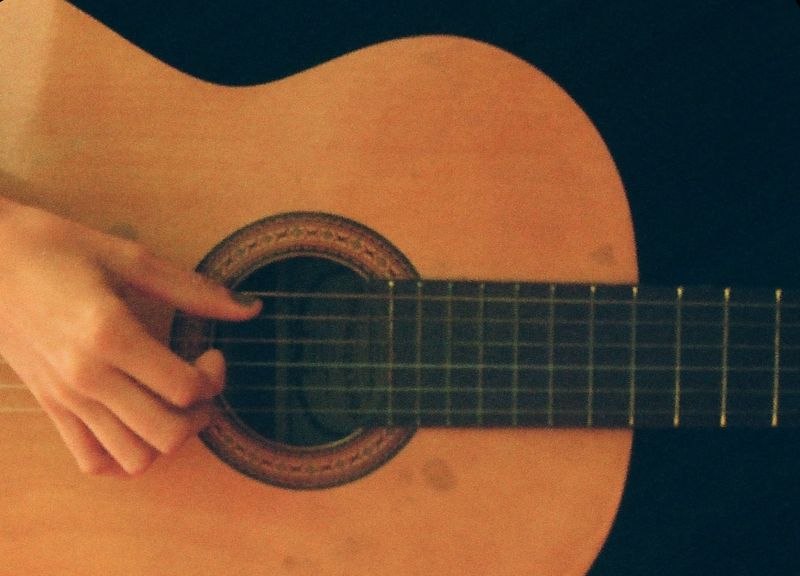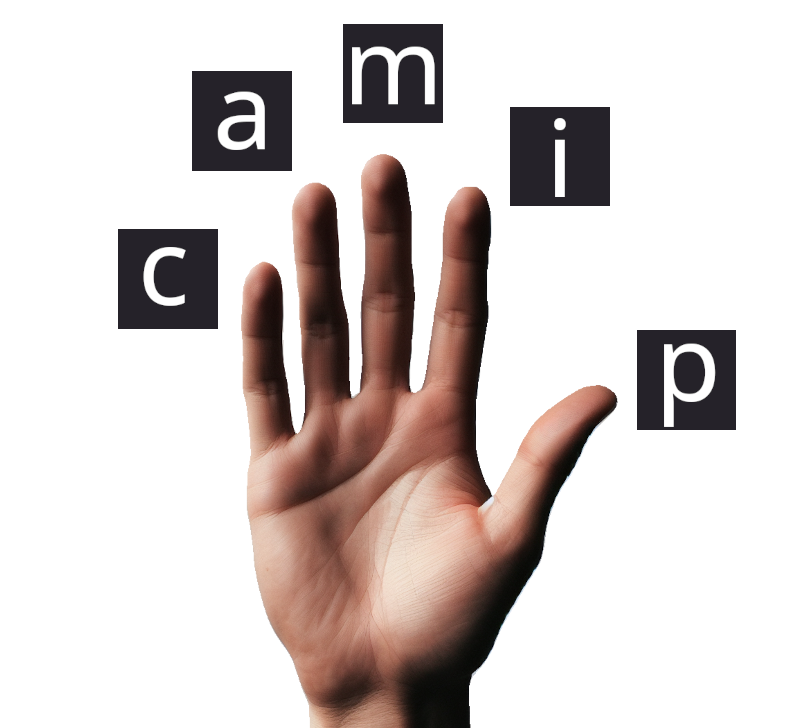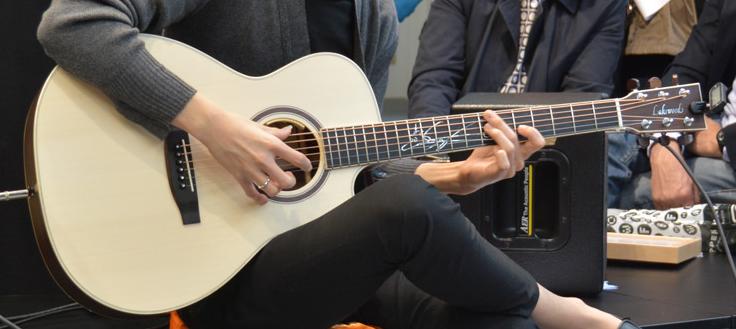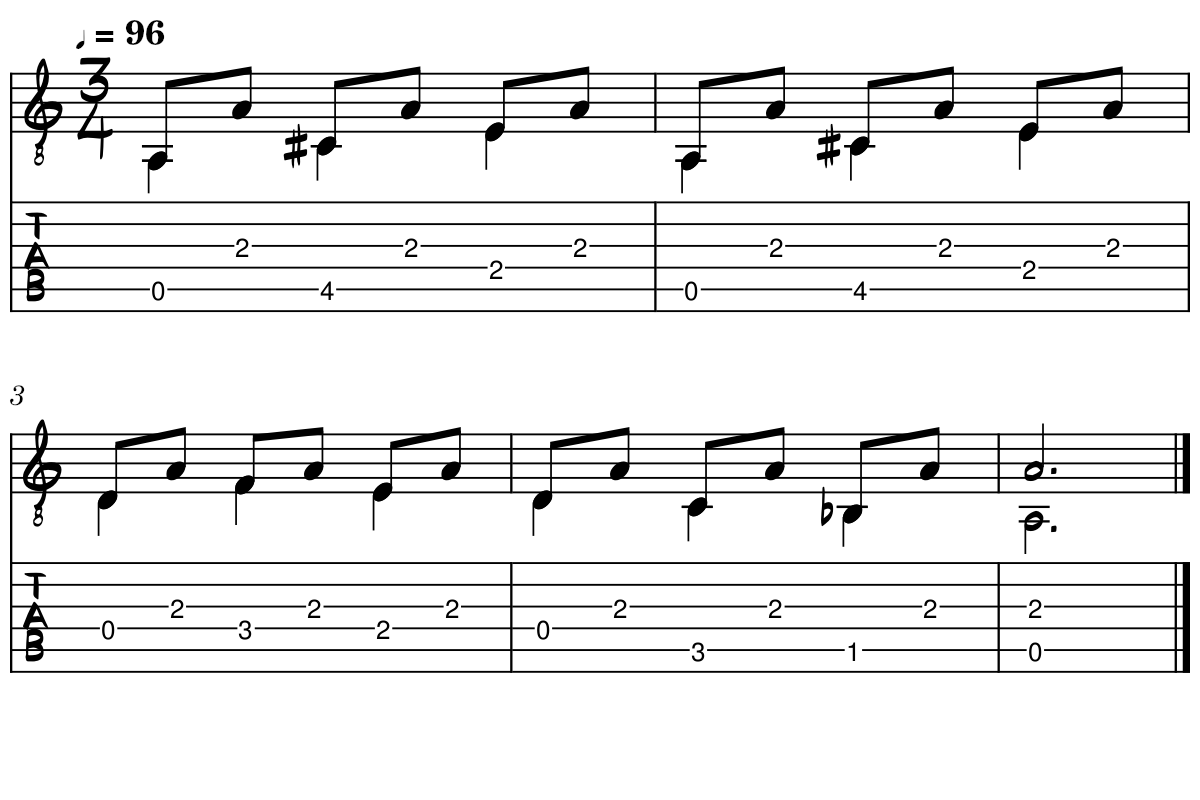Here's a complete introduction to fingerstyle, which is simply the best way to play acoustic guitar.
Did you know that there's a way that even relative beginner guitarists can produce beautiful sounding music?
By playing fingerstyle guitar, you can combine melodies with some simple bass lines and play arrangements relatively quickly.
Other ways of playing guitar, such as with pick, can be a little limiting if you don't want to strum chords all the time. And techniques such as fast soloing or sweep picking take a lot of practice to get right, whereas with fingerstyle you can usually get to playing songs very quickly.
If you are completely new to guitar playing, it might take some time to develop the techniques used in fingerstyle guitar.
But with everything here, you can get started playing fingerstyle arrangements relatively quickly.
- What Is Fingerstyle Guitar?
- When Can I Learn Fingerstyle Guitar?
- How To Play Fingerstyle Guitar
- What Guitar Can I Use To Play Fingerstyle?
- How To Start Learning Fingerstyle Guitar
- What Are Some Easy Fingerpicking Patterns?
- Intermediate Finger Picking Patterns And Songs
- How Can I Become Good At Fingerstyle Guitar Playing?
- Should I Learn To Play Fingerstyle Guitar?
What Is Fingerstyle Guitar?
Fingerstyle guitar as the name suggests, involves plucking the guitar with the fingers of the hand, instead of setting the strings in motion using a pick. This is also called "fingerpicking".
The art of playing guitar fingerstyle goes back to the Renaissance era, to when the vihuela, a precursor to the guitar, was popular. This instrument was sometimes referred to as the vihuela de mano in order to distinguish it from the other ways of playing the vihuela, like striking the strings with a pick or drawing across the strings with a bow.

Originally, the guitar was used only for strumming to accompany songs, as it is still used today. But with the invention of the baroque guitar with five courses, guitarists began to play more complex lines by plucking the strings with their fingers.
Fingerstyle guitar was born.
When Can I Learn Fingerstyle Guitar?
If you are learning guitar from scratch, I recommend that you practice strumming simple rhythms with some basic chords in your first few weeks of playing guitar, before tackling fingerstyle guitar. In other words, start learning basic fingerpicking exercises only after you have learned to play the "cowboy" chords, such as E Minor (Em), A minor (Am) or D Minor (Dm) without any buzzing or muffled notes.
Can A Beginner Learn Fingerstyle Guitar?
Yes, a beginner guitar player can learn fingerstyle. And I get it, you probably want to start learning Phunkdified right away. However, if you haven't got the basics down yet, it's better to start with something easier.
Since strumming is generally much simpler than fingerstyle guitar, this allows you to concentrate on learning simple rhythms and mastering chord changes with the fretting hand. Once you are able to strum basic chord shapes without hearing any buzzing or muffled notes, you can progress to fingerstyle guitar.
If you primarily play with a pick and you want to transition into fingerstyle guitar, good news. You already have a head start, and if your fretting hand technique is already well developed, you can transition to fingerpicking quite quickly.
How To Play Fingerstyle Guitar
Fingerstyle guitar involves plucking the strings directly with your fingers, allowing you to play melody, harmony, and rhythm simultaneously.
Instead of strumming the chords, you'll want to pluck the notes with the fingers of your hand. The individual fingers of the plucking hand in fingerstyle guitar are referred to with the letters p, i, m, a and c.

So, when talking about plucking patterns, such as those for your tremolando scales, use the following letters to identify each finger:
- "P" stands for the thumb (pulgar in Spanish).
- "I" represents the index finger (índice in Spanish).
- "M" denotes the middle finger (medio in Spanish).
- "A" signifies the ring finger (anular in Spanish).
While you can finger pick just with your fingertips, my personal preference is to have at least some fingernail, although artificial nails are a good substitute. If your nails are prone to breakage, be sure to have a substitute available, or consider strengthening your nails with acrylic.
How to Pluck Chords When Finger Picking
Unlike strumming, you'll use your thumb and fingers to target specific strings when plucking chords fingerstyle.
Assign your thumb (P) to bass strings (low E, A, D) and fingers (I, M, A) to higher strings (G, B, high E). For example, pluck a C chord by using your thumb for the fifth (A) string and fingers for the third (G string), second (B string), and first strings (high E).
What Guitar Can I Use To Play Fingerstyle?
Although fingerstyle guitar is now commonly played on a metal string guitar, you can choose to start playing on a nylon string crossover or a classical guitar. It's really a matter of choice and sound quality.
Originally, the guitar was much smaller and strung with gut strings, a disgusting product created from sheep's intestines. Later, with the invention of the arch top guitar by Gibson, manufacturers could string their guitars using stronger materials such as steel.
When choosing a guitar, consider your budget and skill level. You may not need a high-end guitar, but don't hesitate to choose a more expensive instrument. You will be better off starting with a top tier instrument, as poor quality or cheaply made instruments will make learning difficult.
How To Hold The Guitar To Play Fingerstyle
If you have an acoustic guitar, you'll want to sit with the guitar resting on your right leg (for right-handed players). If you have a classical guitar, consider using a strap or footstool to raise the guitar to a comfortable position.
It’s OK to angle the guitar slightly so that you can view the fretboard, but it’s a bad idea to have it angled such that you can’t properly pluck the strings or place your fingertips without touching adjacent strings.

Your fretting hand should rest lightly on the neck, with the thumb behind acting like a vise. Your picking hand should hover over the strings near the sound hole. Avoid gluing your palm to the bridge; instead, let it float lightly for flexibility.
The biggest thing you'll want to avoid as a player is tension, which hinders fluidity and can cause pain. Focus on light, deliberate movements and always return to a neutral position when practicing.
How To Start Learning Fingerstyle Guitar
When learning fingerstyle guitar, start by playing arpeggios, which involve playing across the notes of a chord, rather than one note at a time. Arpeggio patterns involve using separate fingers of the picking hand, where each finger is assigned to one string. Chords are groups of notes played together, and arpeggios are the individual notes of a chord played one at a time in a specific order.
One of the most important things to keep in mind when fingerpicking is to avoid using the same finger over and over again. This can lead to strain and discomfort in the hand, and can also make the sound less clean and loud. Instead, try to use all of the fingers in your right hand, and alternate between fingers as much as possible.
How To Play Arpeggios
To play an arpeggio, simply pluck each note in a chord individually. For example, if you are playing a C major chord, you would pluck the fifth, third, second and first strings one at a time. This would produce the notes C, G, C and E. You can start slowly and gradually increase the speed as you get comfortable with the pattern.
So, use the thumb to play the bass strings, the index to play the third string, the middle to play the second and the ring finger to play the first string. Doing this causes you to play a four note arpeggio pattern across four strings.
What Are Some Easy Fingerpicking Patterns?
You may naturally develop a PIMA-style approach (using thumb for P, index for I, middle for M, and ring finger for A) by learning patterns found inside fingerstyle songs.
For example, an easy fingerpicking pattern found in many songs is the alternating of bass and treble notes, such as the beginning of Hey There Delilah. Yet another example of easy fingerpicking pattern is the repeated block chord, such as the one found in Jeff Buckley’s version of Hallelujah.
Alternating Bass And Treble Picking Pattern
Unfortunately, most guides stop after teaching you arpeggios and assume that's the only thing you want to play with fingerstyle guitar. But, let's learn some songs and arrangements.
Once you are finished playing arpeggios, I like to move on to a more musical example. The next step is an introduction to individual finger independence. This is Fandango, also known as Malaguena, a popular piece for piano and often played on the guitar.

To play the fandango, you can alternate between playing the bass note with the thumb and the treble note with one of the fingers of the plucking hand. Make notes stand out by plucking them slightly harder or adding vibrato for a singing quality. Keep the repeated open string notes softer to support the melody.
Intermediate Finger Picking Patterns And Songs
Once you have practiced simple picking patterns, it's now time to learn some songs. This is the essence of chord melody music, where you can play the melody with the fingers and the bass notes with the thumb.
Here is the opening of Diddy Wah Diddy, as played by Blind Blake, which combines block chords, arpeggios and individual plucked notes with a healthy dose of swing feel.

Notice in the tablature how often the ring finger needs to pluck the notes repeatedly which are on the first string.
In Diddie Wah Diddy, the ring finger must pluck the melody note when there are other notes in the chord being played. But it also is more convenient to use the ring finger to pluck the melody notes even when there are no other notes being played, such as in the first measure.
When you progress to playing fingerstyle songs and becoming an intermediate player, you will need to determine the best finger pattern to play more complicated passages.
How Can I Become Good At Fingerstyle Guitar Playing?
It's common to experience frustration and plateaus when learning fingerstyle guitar. However, there are strategies that can help you overcome these challenges.
Firstly, don't start off with learning challenging fingerstyle songs right off the bat. Instead, you could focus on playing a specific fingerpicking pattern for five minutes at a time. This can help you make progress without feeling overwhelmed, and you will soon progress to learning advanced techniques and styles.
You could also start with some easier fingerstyle songs, such as the ones in my online course Play Fingerstyle Guitar Now!
Should I Learn To Play Fingerstyle Guitar?
Learning fingerstyle guitar can be a fun and rewarding experience. In fact, with consistent practice and the right resources, anyone can learn how to play fingerstyle guitar.
While it might seem like a daunting task, it is definitely worth the effort to learn this versatile and expressive style of guitar.
Not only does fingerstyle guitar allow you to play complex melodies and harmonies, but it also gives you greater control over the tone and dynamics of your playing.
You can start learning fingerstyle guitar straight away, after learning to play some basic chords. I recommend starting with the online course Play Fingerstyle Guitar Now!



